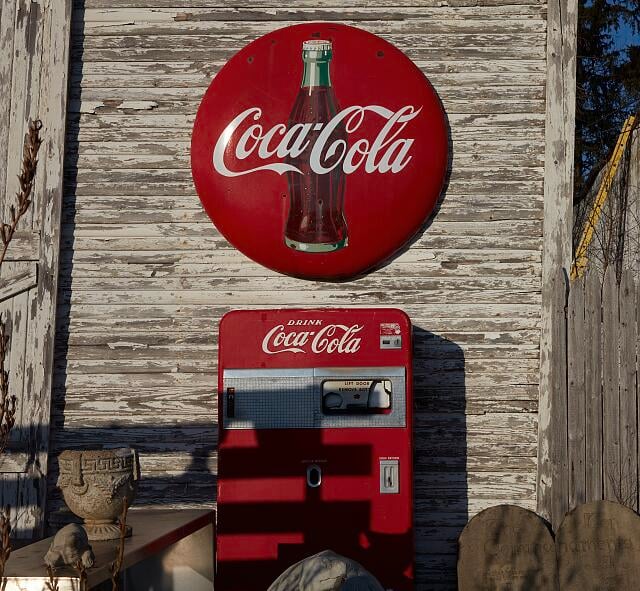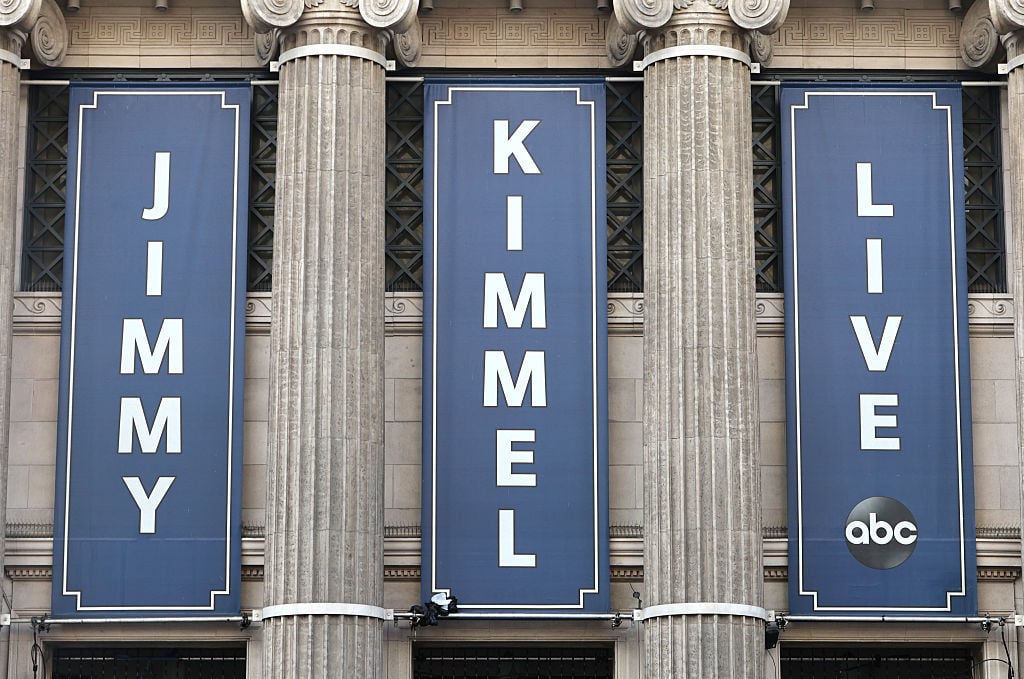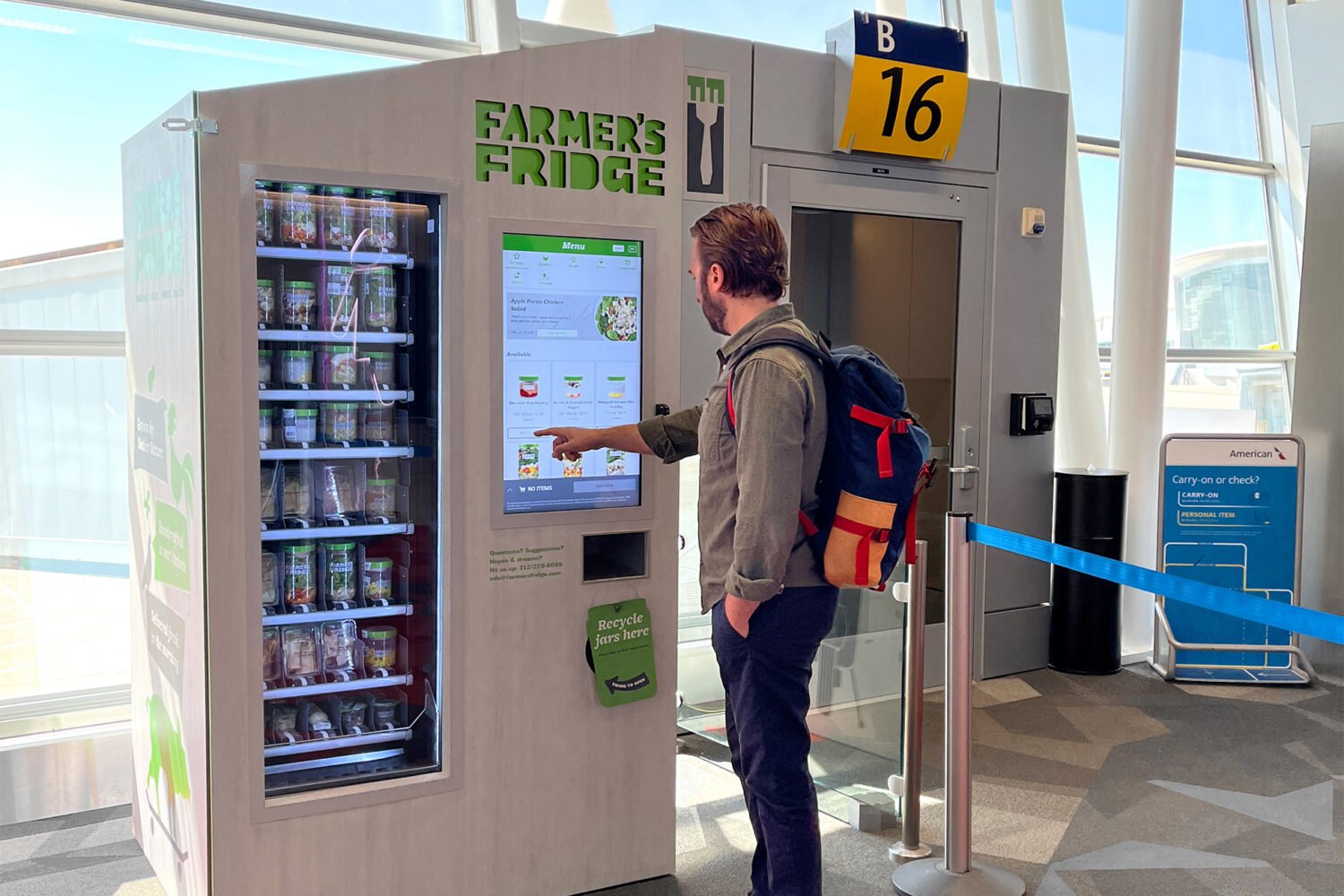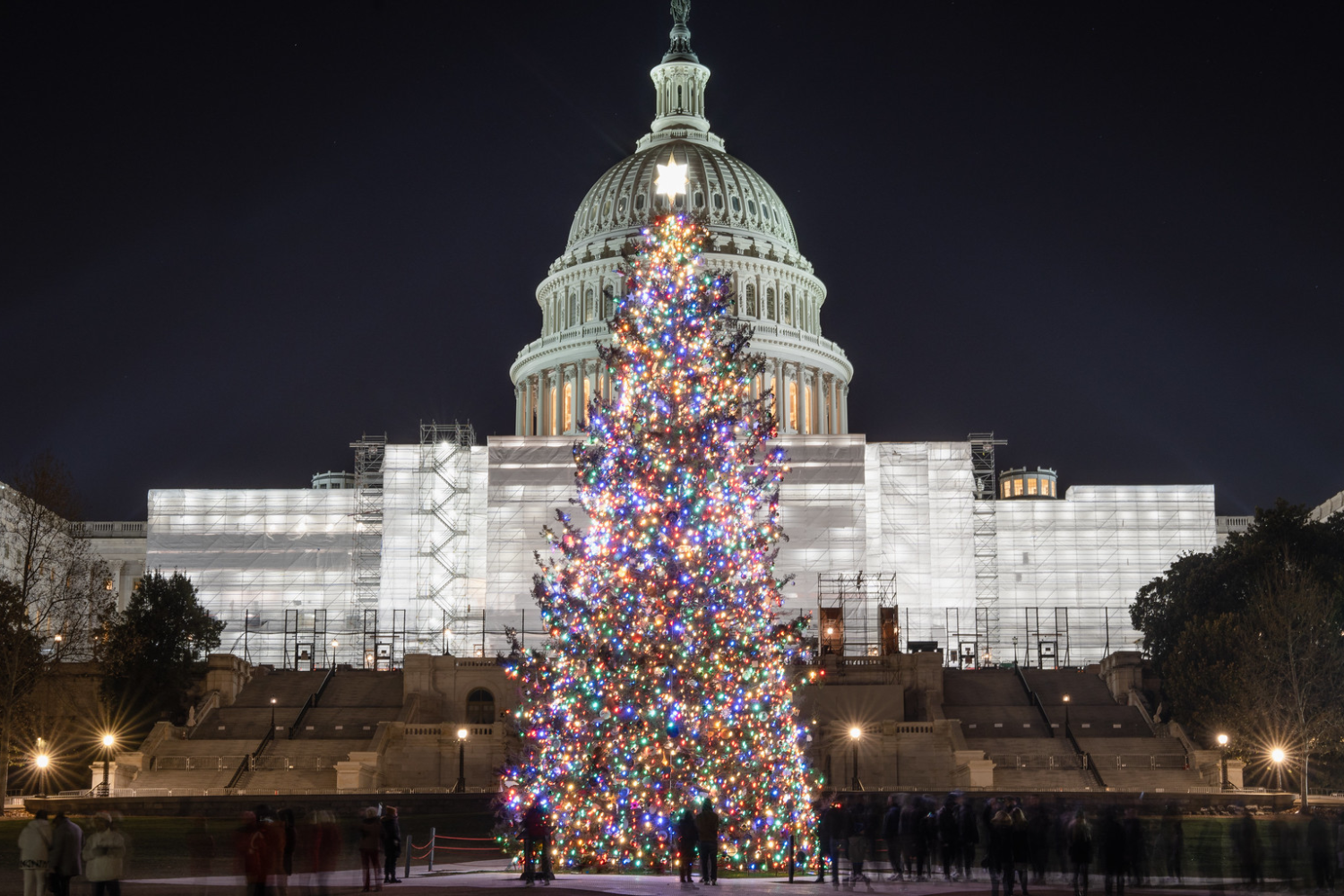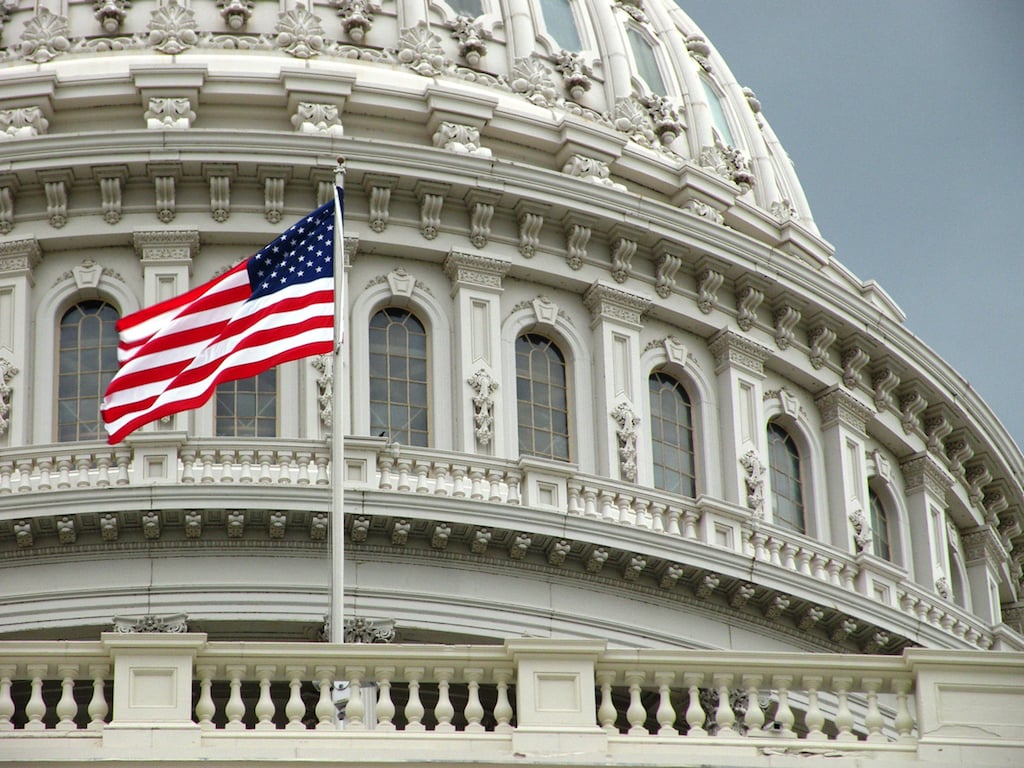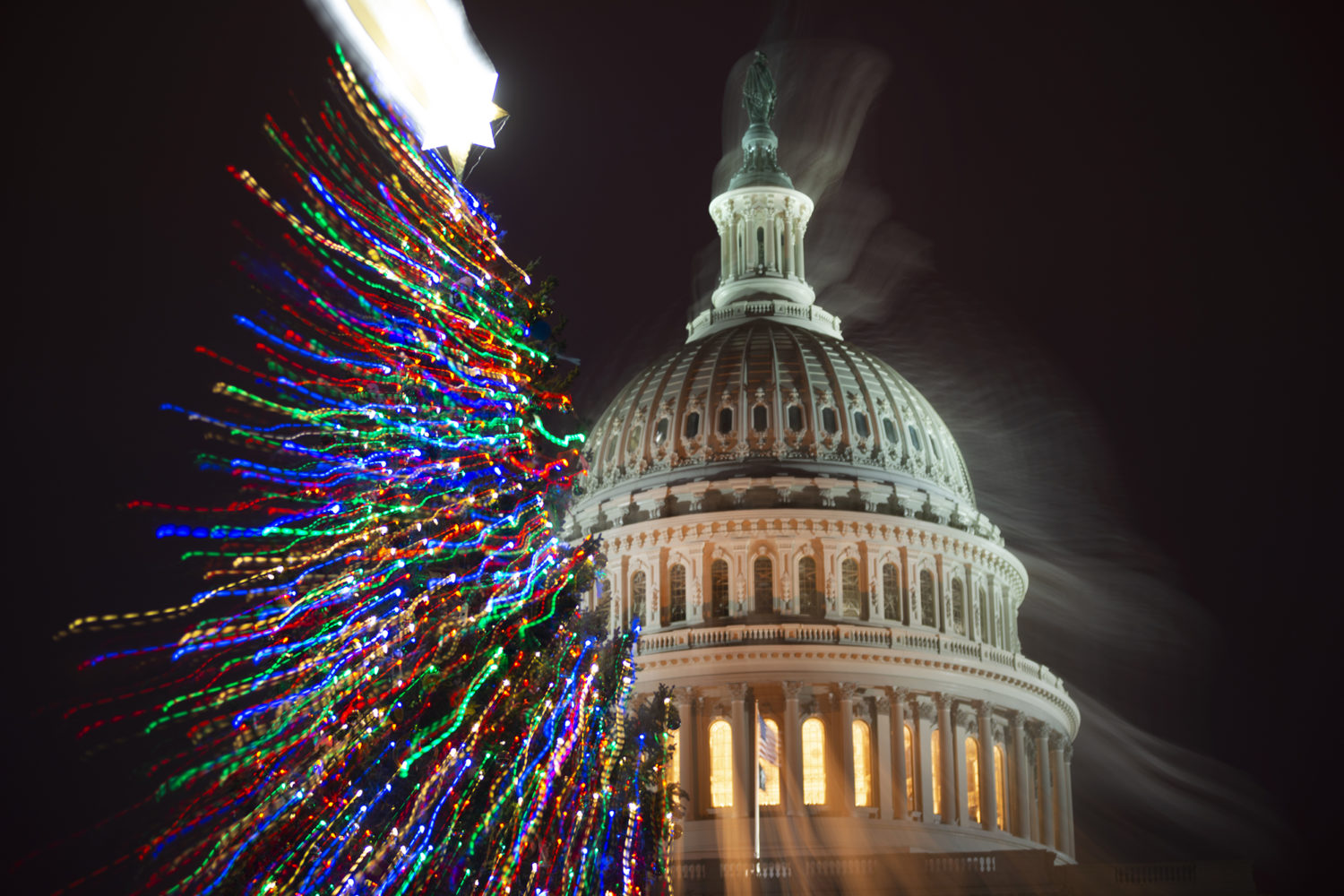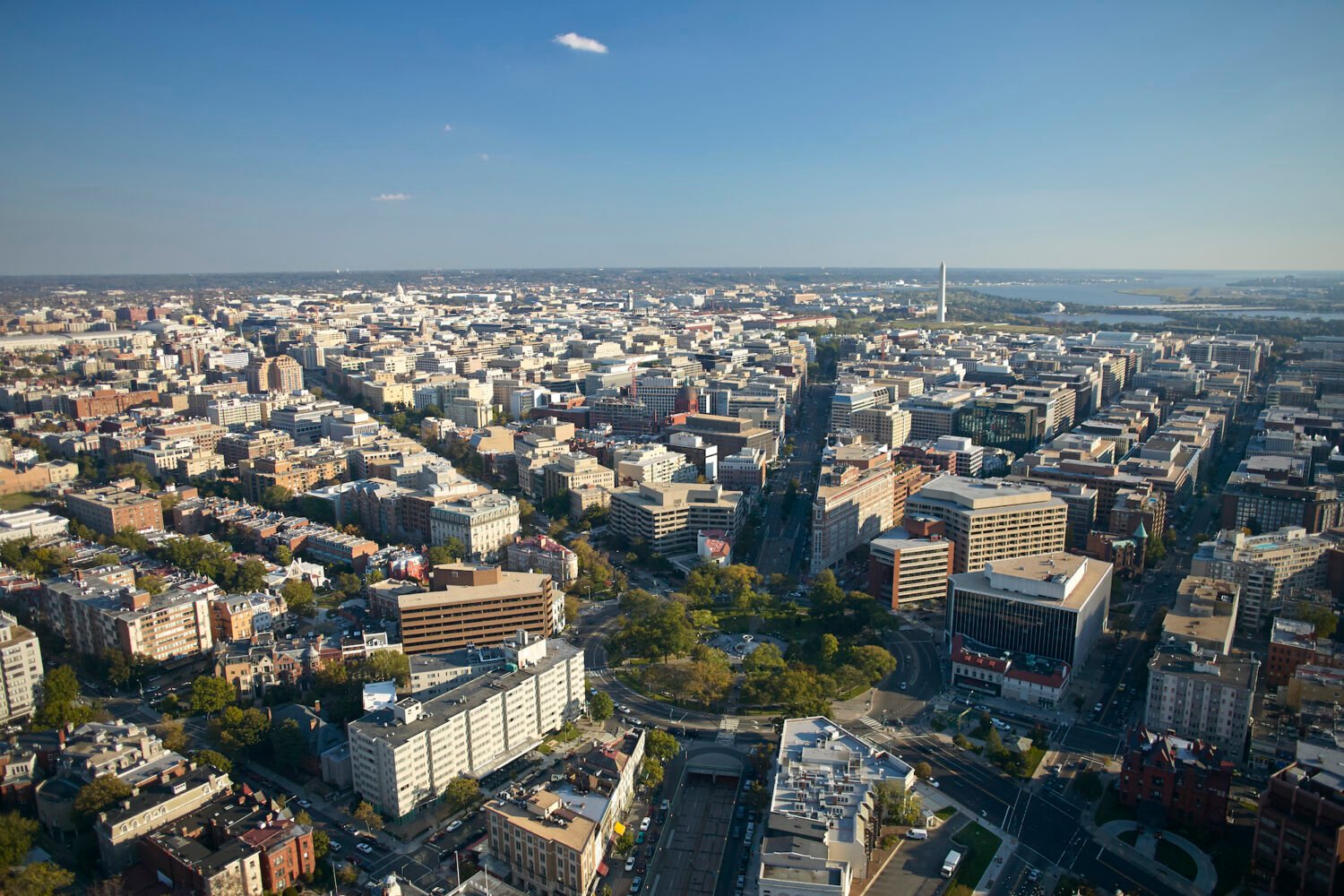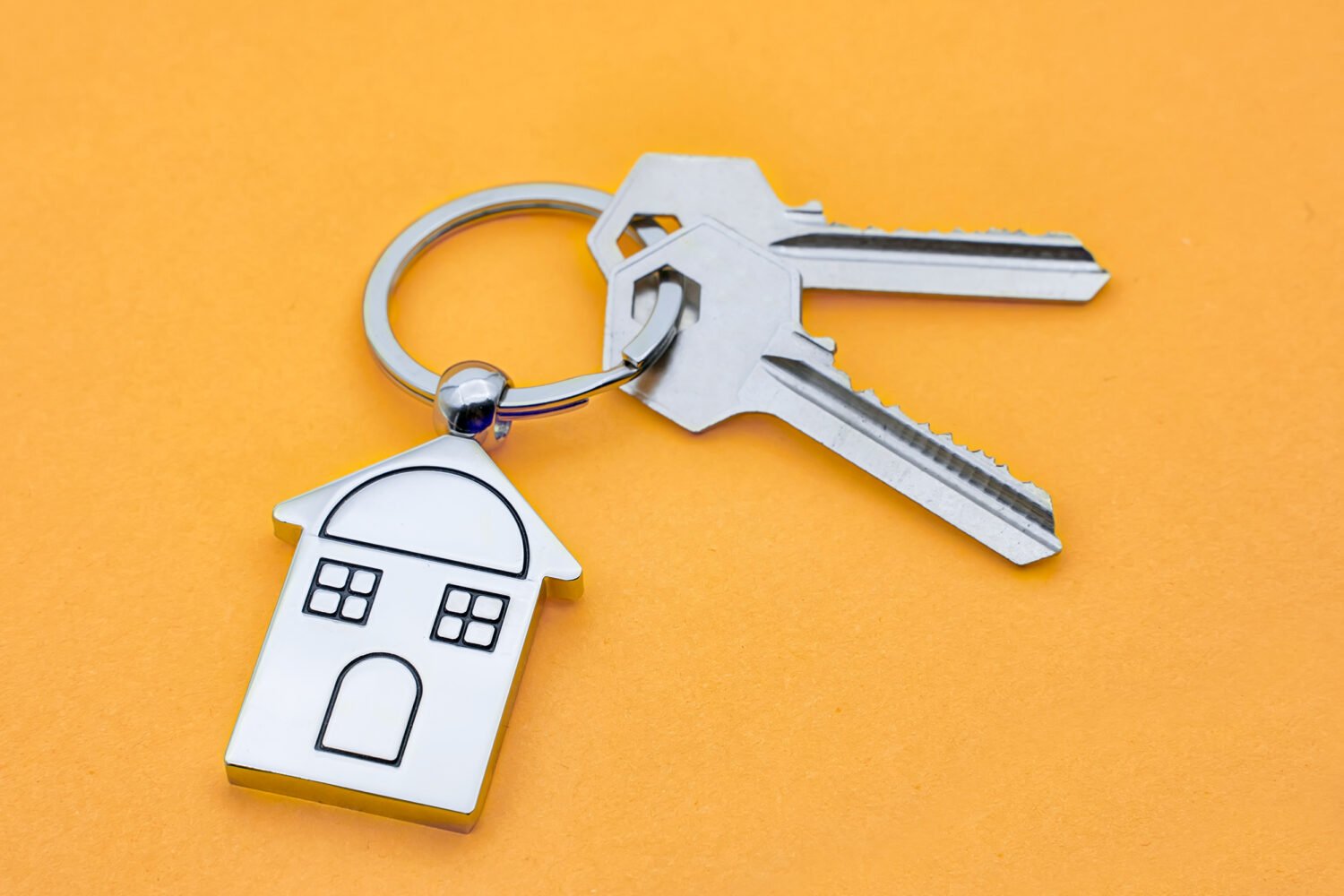Seventy-five cents goes far in the press room on the US Capitol’s south side. Coca-Cola Original, Coke Zero, Cherry Coke Zero, Diet Coke. Toss in a Fresca, Sprite, or a Seagrams Ginger Ale, each for less than a dollar.
This is quite the deal. A 12-ounce can will set you back $2.15 at one of the CVS locations on Pennsylvania Avenue. At a Sunoco gas station on Ninth Street, the beverage costs $1.59. On Instacart, a single can could go for $2.89—that’s almost four press gallery Cokes!
This cheap Coca-Cola machine appears to be one of the best-kept secrets of the Capitol. Five journalists make up the Standing Committee of Correspondents, which oversees the press gallery. Gallery staffers said this group is in charge of setting prices, but the committee members did not answer multiple emails, texts, and phone calls. Coca-Cola did not respond. What’s the deal? We decided to check it out.
The hard money-only apparatus stands in a narrow, makeshift kitchen. As Samuel Larreal, a political reporter for NOTUS, watched the microwave send electromagnetic pulses into his lunch, his back nearly bumped into the soda dispenser’s sleek, red and black body. Before the microwave could ding, he had already turned around and traded a dollar bill for 25 cents and a Sprite.
This machine is a novelty at a time when, from June 2024 to this past June, the price of coffee increased by 13.4% and the cost of carbonated drinks grew by 3%. How is the soda still so cheap? A press gallery employee said staffers buy cases of soda at nearby retailers every few weeks and stock the machine themselves. Washingtonian was unable to verify this claim, but it’s common for vending machine owners to stock the contents themselves. Still, the price-setting committee decided, for some reason, to set the price below a dollar.
Just a few months ago, Larreal could have gotten the same beverage for 50 cents. While Washingtonian could not pin down exactly when or why the cost increased by half, the way Migrant Insider reporter Nicolae Butler remembers it, the change happened the day President Trump’s tariffs went into effect. Whether or not this is true, the price increased between May and mid-July—Associated Press reporter Stephen Groves says he was on paternity leave at the time.
Groves is acutely aware of the price change because a cheap Coke Zero is part of his routine. Halfway through each day, he treks to the House side of the Capitol, where he pulls a dull gray can off a shelf by the AP desks. At the bottom sits loose change and a five dollar bill—fair game for thirsty reporters (but Groves says he’s likely the main user of this poky piggy bank). As to the price increase? “It’s still the best deal in the Capitol,” he says.

